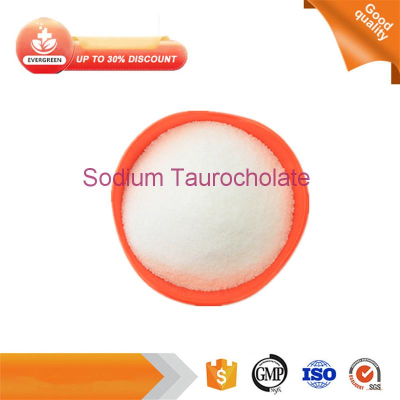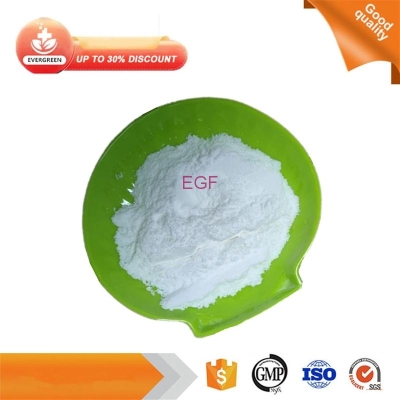-
Categories
-
Pharmaceutical Intermediates
-
Active Pharmaceutical Ingredients
-
Food Additives
- Industrial Coatings
- Agrochemicals
- Dyes and Pigments
- Surfactant
- Flavors and Fragrances
- Chemical Reagents
- Catalyst and Auxiliary
- Natural Products
- Inorganic Chemistry
-
Organic Chemistry
-
Biochemical Engineering
- Analytical Chemistry
- Cosmetic Ingredient
-
Pharmaceutical Intermediates
Promotion
ECHEMI Mall
Wholesale
Weekly Price
Exhibition
News
-
Trade Service
Diseases.
The 6th edition of the Maastricht/Florence 2021 Consensus Report covers progress in the management of Hp infection, with guidance on the management of Hp infection
.
The main points of the treatment part of the consensus are summarized below
.
Statement 1In
antibiotic stewardship, routine susceptibility testing (molecular or cultured) is recommended, even before initial treatment
.
However, the popularization of this antibiotic-sensitivity-guided strategy in routine clinical practice remains to be determined
.
(Consensus level: 91%; Evidence level: D2) Statement 2If
individual susceptibility testing is not possible, the recommended first-line treatment is bismuth quadruple therapy (BQT)
in settings with high clarithromycin resistance (> 15%) or unknown resistance rates.
If not available, non-bismuth tetraplex therapy may be considered
.
(Consensus level: 92%; Certainty of evidence: B1)
states that the duration of bismuth quadruple therapy should be 14 days, unless 10 days of equivalently effective therapy
is available
.
(Consensus level: 85%; Certainty of evidence: D2) Statement 4
concomitant therapy (simultaneous administration of PPIs, amoxicillin, clarithromycin, and nitroimidazoles)
should be the preferred regimen for non-bismuth quadruple therapy because of its reproducible efficacy and low
complexity compared with sequential and mixed therapies.
PPI, proton pump inhibitor
(consensus level: 94%; Evidence level: B1)
stated that the recommended course of non-bismuth
quadruple therapy was 14 days
.
(Consensus level: 100%; Evidence level: D2)
Statement 6In
areas with low rates of clarithromycin resistance, bismuth quadruple therapy or clarithromycin-containing triple therapy may be recommended as first-line empiric therapy
if local studies prove effective.
(Consensus level: 94%; Evidence level: B1) Statement 7
:
The recommended course of PPI-clarithromycin-based triple therapy is 14 days
.
(Consensus level: 100%; Certainty of evidence: B1)
stated that 8
high-dose PPIs twice daily improve the efficacy
of triple therapy.
It is unclear whether twice-daily high-dose PPIs improve the efficacy
of quadruple therapy.
(Consensus level: 97%; Evidence level: C2) stating that 9-potassium-competitive
acid blocker (P-CAB)
-antibiotic dual therapy is superior or inferior to traditional PPI-based triple therapy in first- and second-line therapy, Superior
in patients with evidence of antibiotic-resistant infection.
(Consensus level: 100%; Level of evidence: B2)
Statement 10
Empiric second-line and salvage treatment should be guided by local antibiotic resistance models assessed by susceptibility testing and eradication rates to optimise treatment success
.
(Consensus level: 94%; Evidence level: D2) After stating that 11
bismuth quadruple therapy has failed, either a fluoroquinolone-containing quadruple (or triple)
or a high-dose PPI-amoxicillin dual therapy
is recommended.
In the setting of high fluoroquinolone resistance, bismuth may be used
in combination with other antibiotics or rifabutin.
(Consensus level: 83%; Evidence level: C2) states that after
failure of PPI-clarithromycin-amoxicillin, bismuth quadruple therapy, fluoroquinolone quadruple (or triple)
therapy, or high doses are recommended PPI-amoxicillin dual therapy is used as a second-line treatment
.
(Consensus level: 84%; Evidence level: C2) After statement 13
of non-bismuth quadruple therapy, bismuth quadruple therapy or fluoroquinolone-containing quadruple (or triple)
therapy is recommended
.
High-dose PPI-amoxicillin dual therapy
may also be considered.
(Consensus level: 87%; Evidence level: C2)
stated that fluoroquinolones-containing regimens are recommended after failure of first-line triplex therapy containing clarithromycin or non-bismuth
quadruple therapy or second-line bismuth quadruple therapy
。 In areas of high fluoroquinolone resistance, dual bismuth therapy with other antibiotics, remedial therapy containing rifabutin, or high-dose PPI-amoxicillin dual therapy
should be considered.
(Consensus level: 86%; Evidence level: B2)
states that 15
remedial treatment with bismuth quadruple therapy is recommended after failure of first-line triple therapy containing clarithromycin or non-bismuth quadruple therapy, and second-line fluoroquinolone-containing therapy
.
If bismuth is not available, a high-dose PPI-amoxicillin dual or rifabutine-containing regimen
may be considered.
(Consensus level: 84%; Evidence level: B2)
states that after failure
of first-line bismuth-quadruple therapy and second-line fluoroquinolone-containing therapy, only hyporesistance to clarithromycin (<15%) is recommended ) is treated with triad or quadruple regimens containing clarithromycin<b20>.
Otherwise, a high-dose PPI-amoxicillin duo should be usedor regimens containing rifabutin or bismuth in combination with other antibiotics
.
(Consensus level: 90%; Evidence level: C2) Statement 17
For penicillin-allergic patients, bismuth quadruple therapy (PPI-bismuth-tetracycline-metronidazole)
is recommended first-line
.
Empiric salvage therapy with bismuth quadruple therapy (if not previously used) and fluoroquinolone-containing therapy is recommended in the second line
.
(Consensus level: 85%; Evidence level: C2).
Malfertheiner P, Megraud F, Rokkas T, et al.
Management of Helicobacter pylori infection: the Maastricht VI/Florence consensus report[J].
Gut, 2022, 71(9): 1724-1762.







